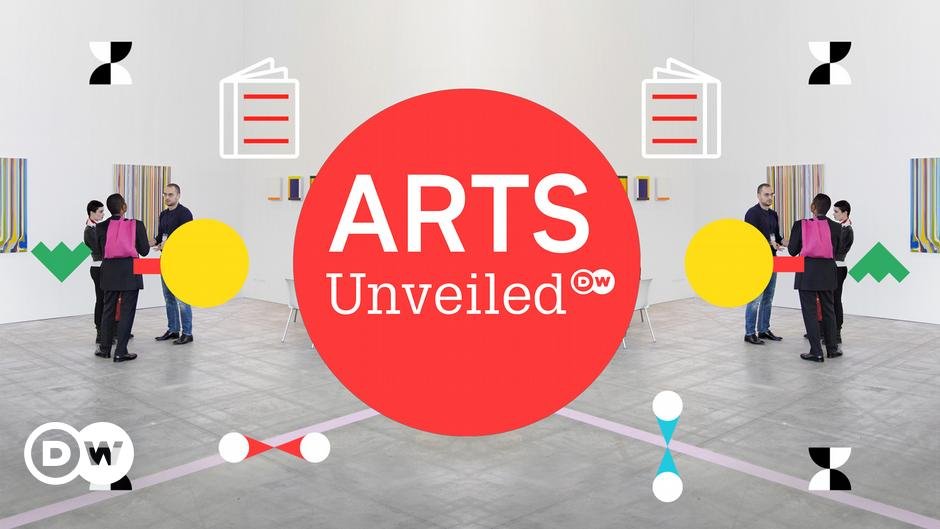Image: DWWe are in Accra, the capital of Ghana. Slave ships bound for the west once washed ashore off the coast of Ghana. However, Ghana was also the first former colony in sub-Saharan Africa to declare independence. This spirit of freedom is still evident today. Curator and author Nana Oforiatta Ayim, who has twice curated the Garnan Pavilion at the Venice Biennale, will guide you through this vibrant artistic hub where modernity and tradition intersect. “In our art, we are still grappling with the dark legacies of imperialism, slavery, colonialism and nation-building, and how we want to shape our future. ” explains curator Nana Oforietta Ayim.
Image: DW
We visit multimedia artist Kwasi Darko, who researched the history of the tro-tro, the country’s unique private minibuses that served as a means of transportation throughout Ghana.
Image: DW
Then he meets Nana Opoku, also known as Afroscope. His roots trace back to a broader African worldview, and he exhibits surrealist tendencies with basic Afro-futuristic topics. He also brought a robotic drawing arm to the Venice Biennale.
Image: DW
Joseph Tette Ashon, better known as Par Joe, designs imaginative custom caskets to suit every request of his clients. They can take the form of reptiles, swans, and even Coca-Cola bottles. In his work, he keeps Ghana’s special traditions alive.
Image: DW
Performance artist Elizabeth Efua G. Sutherland’s artistic pursuits showcase Ghana’s weaving tradition of printed Kente cotton fabrics, while painter Kofi Auya creates political images.
Ghanaian artist grapples with the dark legacy of colonialism and deep-rooted social and political changes on the African continent Want to learn more about the traditions and identities of African societies? To learn more, check out our series Check out episode 4 of

